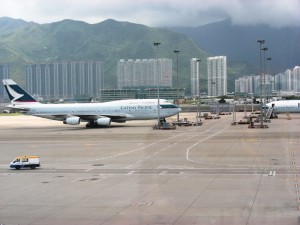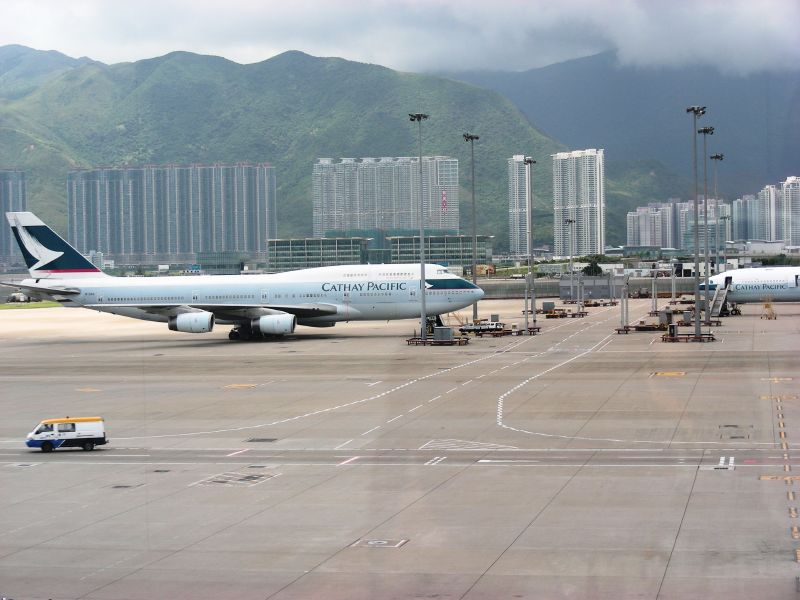 Airfreight destined for Asia is expected to grow as the region increasingly becomes a major destination for, not just a major origin of, cargo, according to a new report from the International Air Transport Association (IATA).
Airfreight destined for Asia is expected to grow as the region increasingly becomes a major destination for, not just a major origin of, cargo, according to a new report from the International Air Transport Association (IATA).
In its first-quarter assessment for the year in the Cargo eChartbook, IATA said that, consistent with the uptick in the economic cycle, the airfreight industry expects stronger growth in traffic volumes in 2015 but anticipates yields to decrease over the same period owing to overcapacity.
It also forecasts the global economy to grow faster in 2015 than at any point since 2010, but noted that the forecast growth rate of 2.8% is lower than was expected in mid-2014.
In advanced economies, the U.S. will continue to be a strong source of growth, aided by patient monetary policy. The UK continues to expand with rising purchasing managers index. The recovery in the Eurozone has broadened, with every country in the block expected to grow in 2015, although on average at an anemic rate of 1.6%.
In emerging economies, Brazil is flirting with recession while Russia has contracted at the steepest rate since 2009 as sanctions begin to bite. India has strengthened prospects for growth, further aided by loosening of monetary policy made possible with inflationary pressures easing due to lower oil prices. China is targeting a “new normal” growth rate of 7% below its 30-year average of 10% but still over double the expected 2015 U.S. growth rate of 3.4%.
Global cargo volumes
Airfreight traffic in 2014 continued to grow, expanding by 4.5% in 2014 compared to 2013. The expansion continued in January 2015, although at a more subdued pace of 3.2%.
“The lower growth rate in airfreight markets is not explained by seasonal variability in the timing of the lunar New Year but rather continued challenges in the demand environment,” said IATA.
On the North-Mid-Pacific route, airfreight experienced double-digit growth in 2014 and may have gotten a boost from the backlog in the U.S. West Coast sea ports.
In contrast, the intra-European airfreight market contracted by nearly 1% in 2014, weighed down by sluggish economic performance and increasing risk environment.
The growth in airfreight bound for Asia, supported by China’s transition to a consumption-driven economy, is expected to continue well into the future, transforming the demand environment and making Asia not only a major origin for airfreight but also a leading destination.
Airfreight volumes from the EU to Asia are just 1% higher than they were in June 2008 but airfreight volumes from Asia to EU have grown by 27%. This rebalancing in airfreight volume has helped fill cargo space on both legs of a round trip journey, IATA said.
Underlying economic demand drivers remain positive and business confidence continues to signal expansion in manufacturing activity but with dampened expectations.
Risks remain high as deepening of the Russian-Ukraine crisis, uncertainty in oil price, turmoil in the Middle East and continued concerns around sovereign debt of EU member states weigh on confidence.
On yields, their recent decline is consistent with the continued weakness in load factors but may also partially be explained by a decreasing cost base with the drop in jet fuel prices, said IATA.
Continued positive demand for airfreighted commodities, as indicated by the expansion in semiconductor shipments, is a potential source of optimism for the year ahead, it added.
Photo: Thierry





